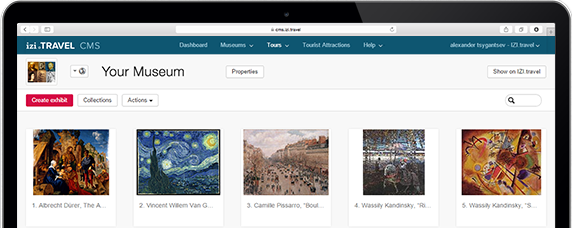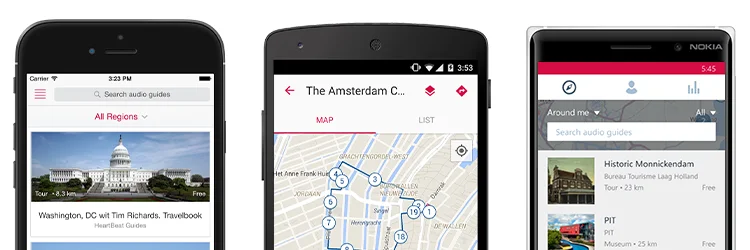音频游览 Chinese Australians in Bendigo: Dai Gum San and Beyond
2 sights
- 语音导览概要
-
语音导览概要
Update Required To play the media you will need to either update your browser to a recent version or update your Flash plugin.This tour will explore the Chinese-Australian history of Bendigo. Chinese immigrants first arrived in Bendigo after the discovery of gold in 1851. By 1855, the Chinese population of Victoria was more than 25,000, just over 10% of the total Victorian population.[1]
While often considered only as objects of white-European hatred, or temporary ‘sojourners’ during the gold rush period, early Chinese Australians are increasingly being given their own voice in historical narratives. This tour will explore the places in which Chinese Australians have engaged with Bendigo’s social, cultural and economic spheres, both past and present.
This tour can be walked, if you have the time and ability. The tree-lined streets of Bendigo offer pleasant surroundings while you explore the history of Chinese Australians in this town. If you choose to walk, the longest section is between the Golden Dragon Chinese Museum and PepperGreen Farm, the site of the former Chinese Kiln and Market Gardens. There is about a 20 minute walk between the two sites, and the total walking time on this tour is estimated to be about 45 minutes to an hour, but of course you will want to stop and explore each site along the way. The terrain is flat in the town centre, with some slight rises and paved walkways throughout the town.
[1] Valerie Lovejoy, “Chinese in Late Nineteenth-Century Bendigo: Their Local and Translocal Lives in ‘This Strangers’ Country’,” Australian Historical Studies 42, (2011), 46 and Census of Victoria – 1854, https://www.parliament.vic.gov.au/papers/govpub/VPARL1854-55NoA70.pdf - 1 Chinese Brick Walls
- 2 Returned Soldiers Memorial Hall & Honour Roll
- 3 Dai Gum San Precinct and the Golden Dragon Chinese Museum
- 4 Golden Dragon Chinese Museum
- 5 Former Chinese Kiln & Market Gardens (PepperGreen Farm)
-
语音导览概要
Update Required To play the media you will need to either update your browser to a recent version or update your Flash plugin.This tour will explore the Chinese-Australian history of Bendigo. Chinese immigrants first arrived in Bendigo after the discovery of gold in 1851. By 1855, the Chinese population of Victoria was more than 25,000, just over 10% of the total Victorian population.[1]
While often considered only as objects of white-European hatred, or temporary ‘sojourners’ during the gold rush period, early Chinese Australians are increasingly being given their own voice in historical narratives. This tour will explore the places in which Chinese Australians have engaged with Bendigo’s social, cultural and economic spheres, both past and present.
This tour can be walked, if you have the time and ability. The tree-lined streets of Bendigo offer pleasant surroundings while you explore the history of Chinese Australians in this town. If you choose to walk, the longest section is between the Golden Dragon Chinese Museum and PepperGreen Farm, the site of the former Chinese Kiln and Market Gardens. There is about a 20 minute walk between the two sites, and the total walking time on this tour is estimated to be about 45 minutes to an hour, but of course you will want to stop and explore each site along the way. The terrain is flat in the town centre, with some slight rises and paved walkways throughout the town.
[1] Valerie Lovejoy, “Chinese in Late Nineteenth-Century Bendigo: Their Local and Translocal Lives in ‘This Strangers’ Country’,” Australian Historical Studies 42, (2011), 46 and Census of Victoria – 1854, https://www.parliament.vic.gov.au/papers/govpub/VPARL1854-55NoA70.pdf
评论
创建您自己的音频之旅!
使用此系统的移动导游应用是免费的

